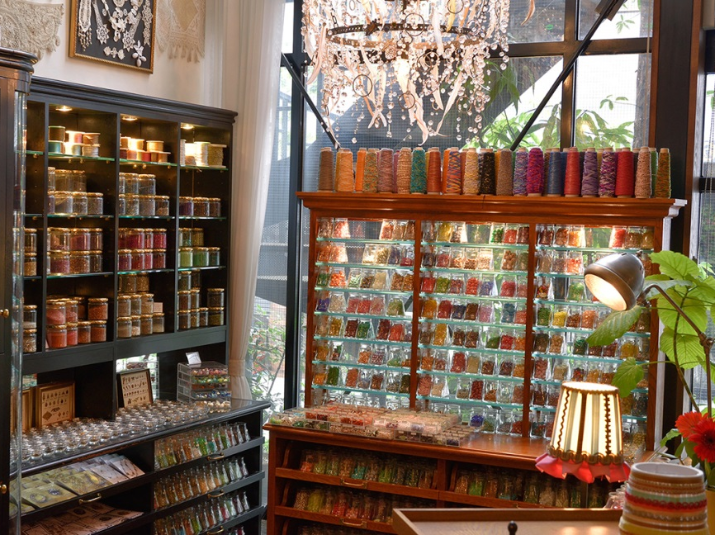The Nikon picture control system enables you to easily control the look of your images in your D-SLR.
It is a powerful setting, and once you see how the atmosphere of your pictures and movies can be influenced via picture control settings, you will see the endless opportunities to create your own personal image styles to suit your taste. Picture controls are not just limited to still images either, you can also customise the look of the movies that you shoot with your Nikon D-SLR. What's more, you can also name and save custom picture control settings as new menu items and then quickly call them up via the menu system when you need that particular look.



